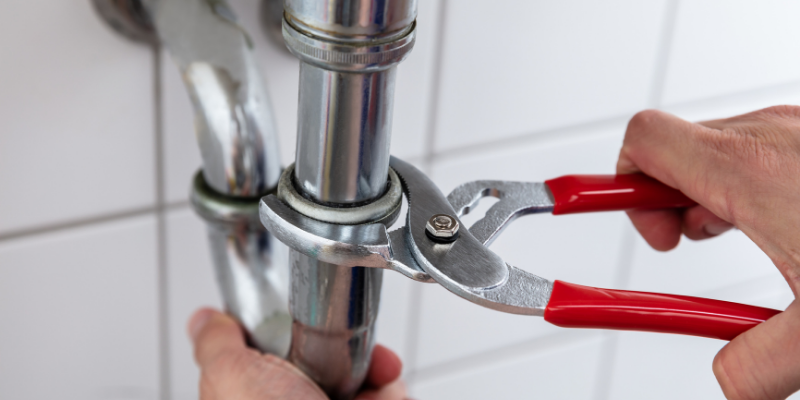25 Best Plumbing Tools Every Plumber Needs in 2025
Part of running a successful plumbing business is having the right tools at your disposal. Here are the best plumbing tools to keep in your toolbox.
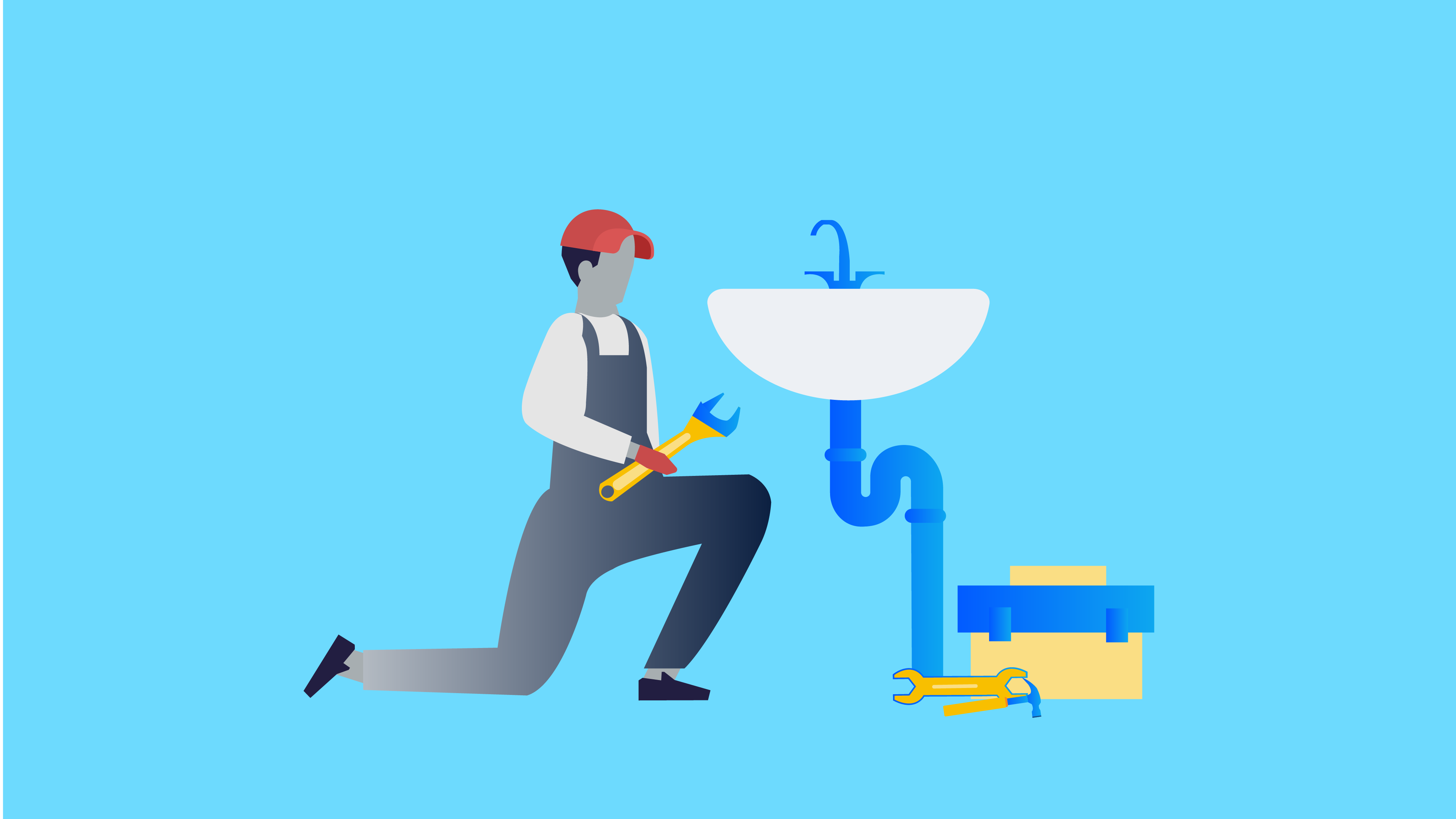
Whether you’re just starting your plumbing business or looking to update some of your tools this year, we thought we’d put together a list of some of the essentials you’ll need in your toolbox.
From pipework to safety equipment, the list below will help keep you and your team ready to tackle your clients’ plumbing needs. Keep reading for additional detail on each tool and be sure to enter your email below for more resources and insider tips delivered straight to your inbox.
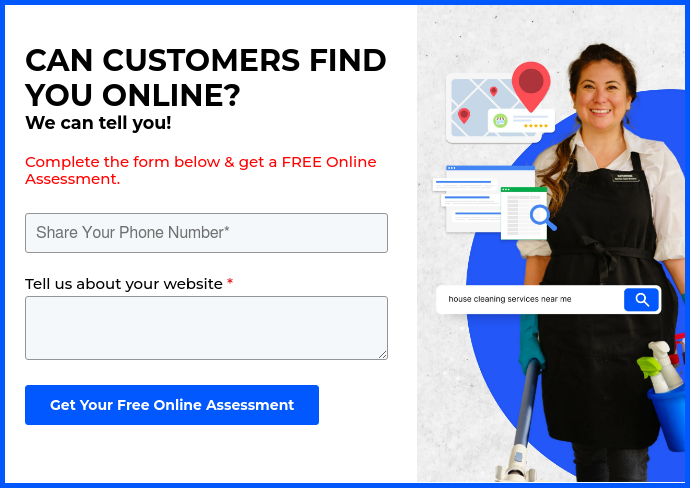
Plumbing Tools List
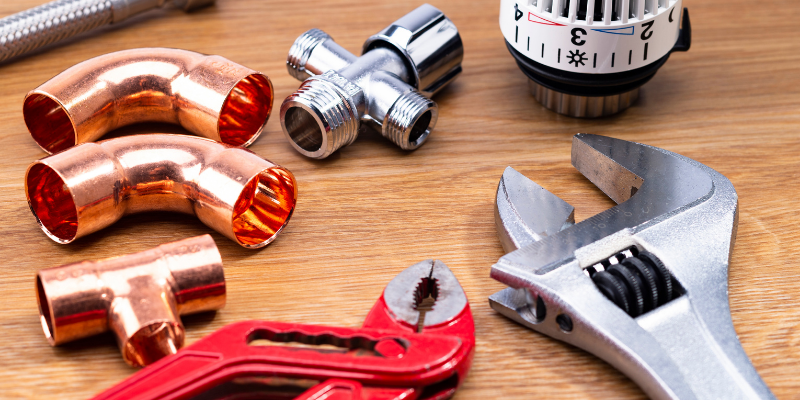
Here’s a quick and handy checklist of the top 25 plumbing tools to get you started:
Pipework
- Tube cutters
- Hacksaw and hole saw
- Adjustable pliers
- Press fitting systems
- Plumber’s torch
- Cartridge puller
- Power drill
- Thread sealing tape
Wrenches
- Pipe wrench
- Adjustable wrench
- Basin wrench
- Internal pipe wrench
- Torque wrench
- Faucet key
Cleaning and Draining
- Plunger
- Hand auger
- Snake machine
- Endoscope camera
Safety Gear
- Flashlight or head torch
- Gloves
- Knee pads
- Goggles
- Heat shields
Business Administration
- Office equipment
- Plumbing software
Pipework Tools
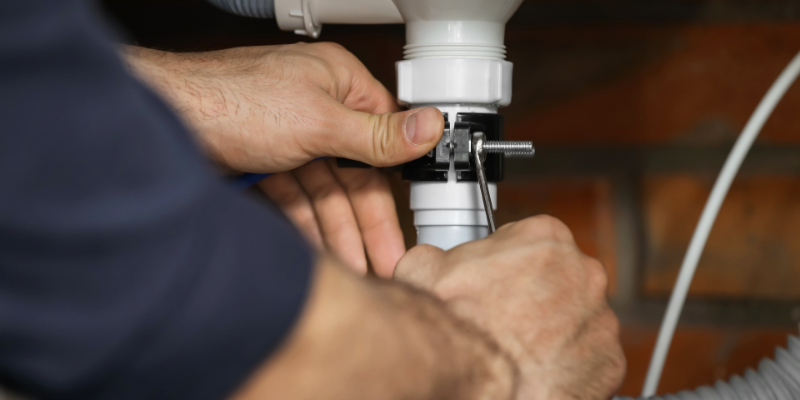
As a plumber, the vast majority of your projects will entail repairing or replacing pipes. Having the right tools to cut, bend, adjust, and seal pipes is key to ensure you finish a job on the spot from start to finish.
1. Tube Cutters
Since you’ll be working with a variety of pipes, having tube cutters that can cut through copper, brass, plastic, and aluminum is a must. Be sure to look for one that is compact as you will be using it in small and hard-to-reach places.
2. Hacksaw and Hole Saw
Additional cutting tools to have at your disposal would be a hacksaw and a hole saw. A hacksaw is a hand-powered tool perfect for cutting pipes and brackets, while the hole saw is used with a drill to cut holes on typically thinner material.
3. Adjustable Pliers
A tool you’ll use on nearly every project as a plumber is pliers. This handy tool is great to loosen small nuts and bolts. To put together an efficient toolbox, we recommend opting for adjustable pliers over a kit of different sizes.
4. Press Fitting Systems
Press fitting systems are a relatively new trend that can help you cut down time on welding or soldering. Iron Pipe Size (IPS) press fitting systems enable you to mechanically join a tube and the fitting with a leak-free seal.
5. Plumber’s Torch
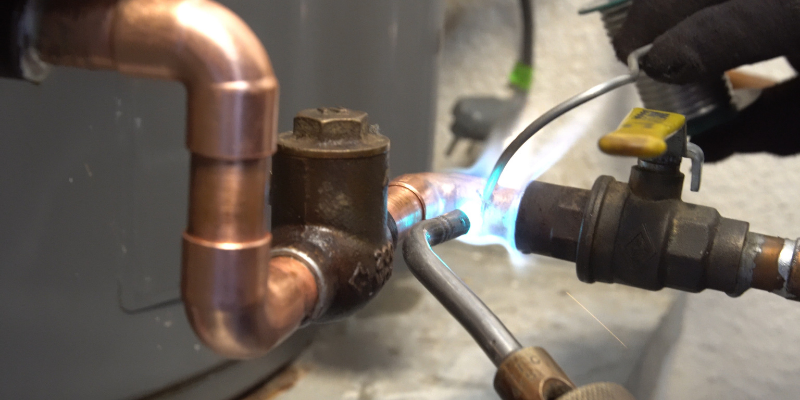
If a press fitting system is a little over your budget or you prefer a traditional and reliable method for soldering pipes, you’ll need a plumber’s torch. This small and handheld torch will allow you to apply heat in tight spots to seal piping.
6. Cartridge Puller
When installing a new kitchen or bathroom faucet, you’ll need to pull the old faucet cartridge first. Make it easier by adding a cartridge puller—like this one from DANCO—to your toolbox to remove brass or plastic cartridges.
7. Power Drill
As a plumber, you may need to drill holes and drive screws in a variety of projects. Look for a cordless power drill and a couple of backup batteries to avoid any complications.
8. Thread Sealing Tape
Also known as plumber's tape or polytetrafluoroethylene film tape (PTFE), this tape can be used to seal pipe threads. Keep a roll handy to seal PVC, metal pipes, showerheads, and more.
Must-Have Wrenches
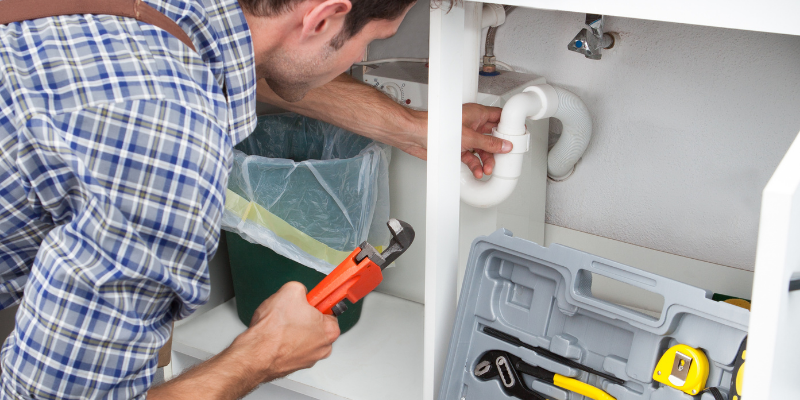
If there were ever a universal symbol for plumbing, it’d be the wrench. Below we go through some of the basic wrenches that every plumber should have.
9. Pipe Wrench
A plumber should never go without a set of straight pipe wrenches in different sizes. With teeth specifically designed to grip onto round surfaces, these tools will help you loosen or tighten nuts and fittings during pipework.
10. Adjustable Wrench
Another tool to help you loosen nuts and fittings is the adjustable wrench. Also referred to as a spanner, this wrench allows you to adjust a jaw to the size you need for a specific bolt or fitting.
11. Basin Wrench
A basin wrench—also known as a sink wrench—is typically used to loosen or tighten the nuts of a sink faucet. This is an essential tool for sink repairs as they can fit in confined spaces that a regular pipe wrench can’t.
12. Internal Pipe Wrench
Removing old broken fittings can get messy, but with a set of internal pipe wrenches, you can make your job a bit easier. When properly fitted, this tool can help you grip the inside of old fittings and rotate them out smoothly without damaging any other parts.
13. Torque Wrench
Tightening bolts, nuts, and screws appropriately is key to a long-lasting, leak-proof project. Be sure to add a torque wrench in your box to apply the right amount of torque to your bolts and screws.
14. Faucet Key
A four-way cross key that is typically used in outdoor residential or commercial plumbing to open and close sillocks.
Cleaning and Draining Basics
When you’re not replacing pipes, your clients may call on you to clean and drain them. Here are some of the tools you’ll need for the job:
15. Plungers
Plumbers always keep a heavy-duty, professional plunger at hand to help clear drains and pipes from their clients’ toilets.
16. Hand Auger
To unclog smaller clogs like those in a bathroom or kitchen sink, a hand auger may do the trick. This tool consists of flexible cables that allow you to reach the clog and break it apart.
17. Snake Machine
To tackle and break up clogs in large pipes, you’ll need a snake machine in your set of tools. Unlike the hand auger, the snake machine is motorized and designed for deep clogs.
18. Endoscope Camera
When you’re not entirely sure what a clog consists of and want to avoid potentially damaging or invasive procedures, an endoscopic or sewer camera is a must. This tool will help you see hard-to-reach places and determine the best course of action for your clients.
Safety and Protective Gear
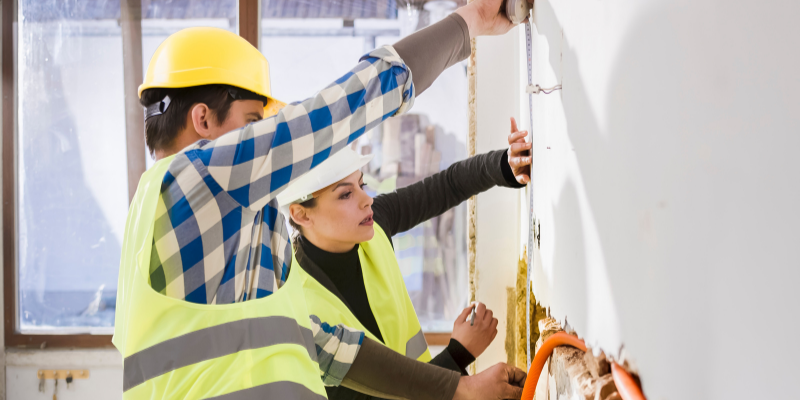
Plumbers are constantly working with hazardous materials and in confined, low-visibility areas. Because of this, having the proper protective equipment will ensure that you and your team complete each project safely.
19.Flashlight and Head Torch
Again, you’ll be working in dark areas including under kitchen or bathroom sinks and basements. Keep a flashlight or a head torch with you at all times.
20. Gloves
Keep your hands away from hazardous materials with some heavy-duty gloves. Wearing gloves can also give you a better grip when working with heavy tools and sleek surfaces.
21. Knee Pads
Protect your knees from hard surfaces and potential injuries with a pair of knee pads. However, since individual knee pads can be a hassle to wear, many plumbers prefer a kneeling pad. Kneeling pads can be moved around and used to cushion your back as well when working under a sink.
22. Goggles
The materials you’ll be working with and exposed to as a plumber can potentially cause an injury or damage your eyes so be sure to always pack professional-grade goggles.
23. Heat Shields
Add a heat shield to your set of tools if you plan on soldering pipes during a specific project. If you’re working on overhead applications, you can always use your pliers to help hold the shield up.
Business Management
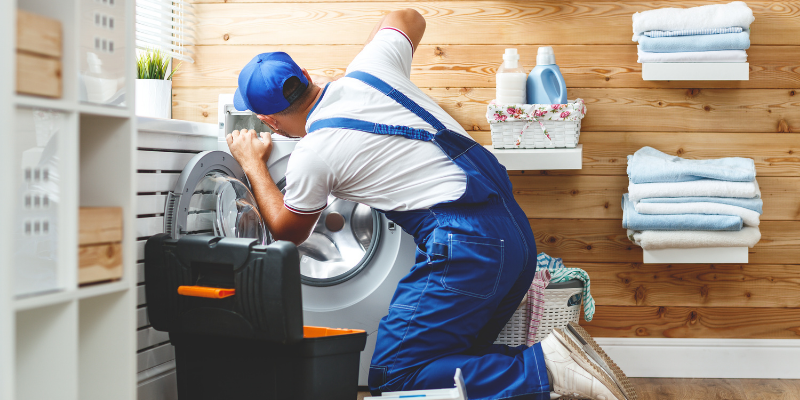
Last but not least, you’ll need a few business management tools to help your plumbing business run as smoothly as your clients’ drains.
24. Office Equipment
Business equipment you’ll need like printers, specialty tools, and a company vehicle will depend on how you choose to operate your business. However, to stay competitive with modern, up-to-date plumbing businesses, be sure to set up your team with smartphones and tablets to manage projects on the go without any hiccups.
25. Plumbing Software
Speaking of managing a business on the go, it’s important to set yourself up for success with the right digital tools. Look for software that will keep your processes running efficiently and allow you to manage every aspect of your business from a centralized hub.
%20(1)%20(1).png?width=340&name=Group%2012%20(2)%20(1)%20(1).png)

